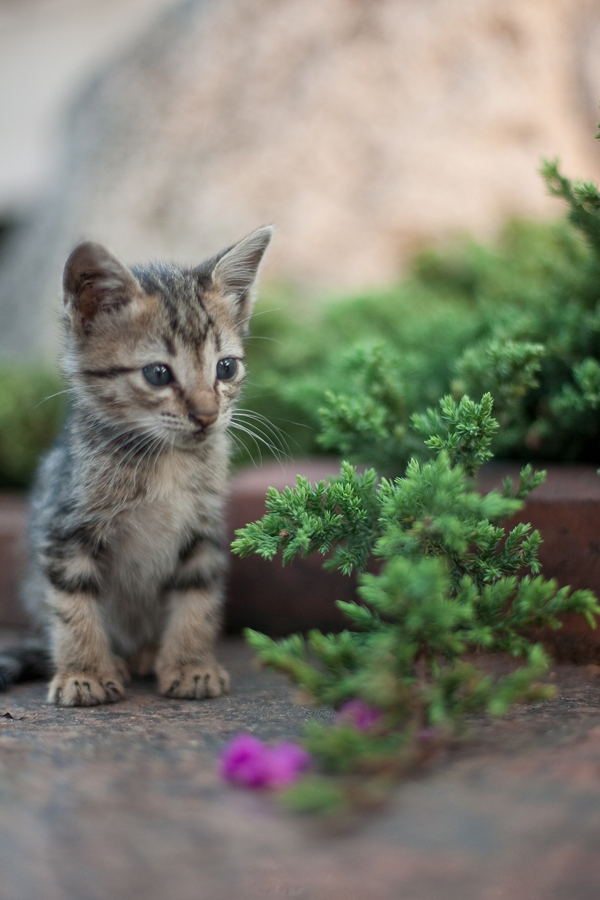So who is on ArtReview’s Moral Power 100 list in 2014? Who has moved up or down it, or is new to it, since last year? And how, exactly, can a hierarchy of ‘moral power’ be arrived at in the context of the artworld, anyway? (Aren’t ‘moral’ and ‘power’ and ‘art’ in a permanently conflicted relationship with each other?) These questions have no answers, because there is no such thing as a Moral Power 100 list. The following list is only an experiment. It exists because ArtReview magazine – powerful and moral, its heart aflame with ideas of truth and justice – is generously giving it space. For which, thank you, ArtReview – you can go high up the list.
It’s usually best to start with definitions, but we’ll make an exception here. If you’re the kind of person who assumes an equivalence between moral and moralism, stop reading: we know you consider it an affront to see ethically sourced bananas when you go shopping. Although bananas do not give moralising lectures, you feel they do. But moral evaluations – ethics, values or whatever you want to call them – are matters of life and death, not bananas. The folk on the official Power 100 list are – how shall we put it? – probably not as interested in love, truth and justice as those on the Moral list. Although only a few dozen are actually criminally insane, they tend, as a group, to stop slightly short of God’s image. Basically, it’s the moral lot who are nicer to kittens. Our list helps tell them apart.
The first 1 to 50 or so are anonymous. They are so modest or overlooked that they are invisible. Their moral power is arrived at through having no power – a subversion of the usual values. But we can guess who they are. Some might be in the therapeutic categories: caring for traumatised patients by alleviating, through art, psychic suffering. Or perhaps they are educationalists: assisting children suffering economic or emotional poverty, or lost souls in prison. Librarians, administrators, toilet cleaners and museum guards are among them, as well as toiling kitchen workers, staff who serve at opening parties and people like that. (There’s a widow who supports Tate, whose penny donation is part-funding a new wing.) These are usually considered the little people. So it’s nice to big them up a bit, on our list. Thanks, guys.
The folk on the official Power 100 list are – how shall we put it? – probably not as interested in love, truth and justice as those on the Moral list
Numbers 54 to 100 are more visible. Artists Richard Wentworth (58, good spirit) and Jeremy Deller (60, unceasing, good social intention) are always around. Michael Landy was delisted ever since he failed to go naked, even for a few seconds, after destroying all his worldly possessions. Matthew Higgs is also delisted, following crimes of intraimperialist contradictions against the people. Billy Childish (62-ish, cantankerous but holy) went up and up, but is now down slightly, after signing with big-bucks Lehmann Maupin. (Worldly success is not intrinsically bad, but poverty and starvation are better.) Camden Arts Centre (65, quiet excellence, no celebrity toxicity) displaced the Serpentine Gallery (ill with celebrity toxicity) years ago. Chisenhale (66) remain high up, conditional on regular unannounced inspections to ensure they really do only employ females. The Henry Moore Institute scores well (68, excellence, modesty), as do Cubitt, Tate, Raven Row and Matt’s Gallery (the 70s, all of them). There are zero – repeat, zero – curators on the list. Other artists include Patrick Keiller, Mark McGowan, Marc Camille Chaimowicz and Mark Wallinger, along with amateur and children’s art, and of course the very religious Chapman brothers (74, total moral fervour). Laura Moffatt and Art and Christian Enquiry magazine (75) do well, as does Art Monthly (76, constancy of social duty). These magazines underpin art’s moral life… and their anachronistic design styles are inspirational.
Then there are the art book dealers – all of them – but especially Franz König. Specialist art publishers are next. The ICA (79), Common Practice London (80), Peer (81) and the National Art Library (85) can be noted, Critics (as a group) should, but do not, come in high. Individual critics do well, but it’s best not to attract the death squads upon them by naming names. Remarkably, only one gallerist makes it, Steve Lowe of L-13. Studio providers like ACAVA, Space and Kingsgate are there. Charidee is off, but charity is on. Rolf Harris is off. Philosophy is both on and off.
So who is number one? The problem with humility and anonymity is that you can never tell who is practising it. It may just be that someone on the Power 100 list (or similar) is – quietly, modestly – doing fine, noble things. Thus, such a person (a collector?) could be on the Power 100 list, but also make the Moral Power 100. It is that complicated, lovely confusion of a person, whoever you are, who we choose to be number one.
This article was first published in the November 2014 issue.
